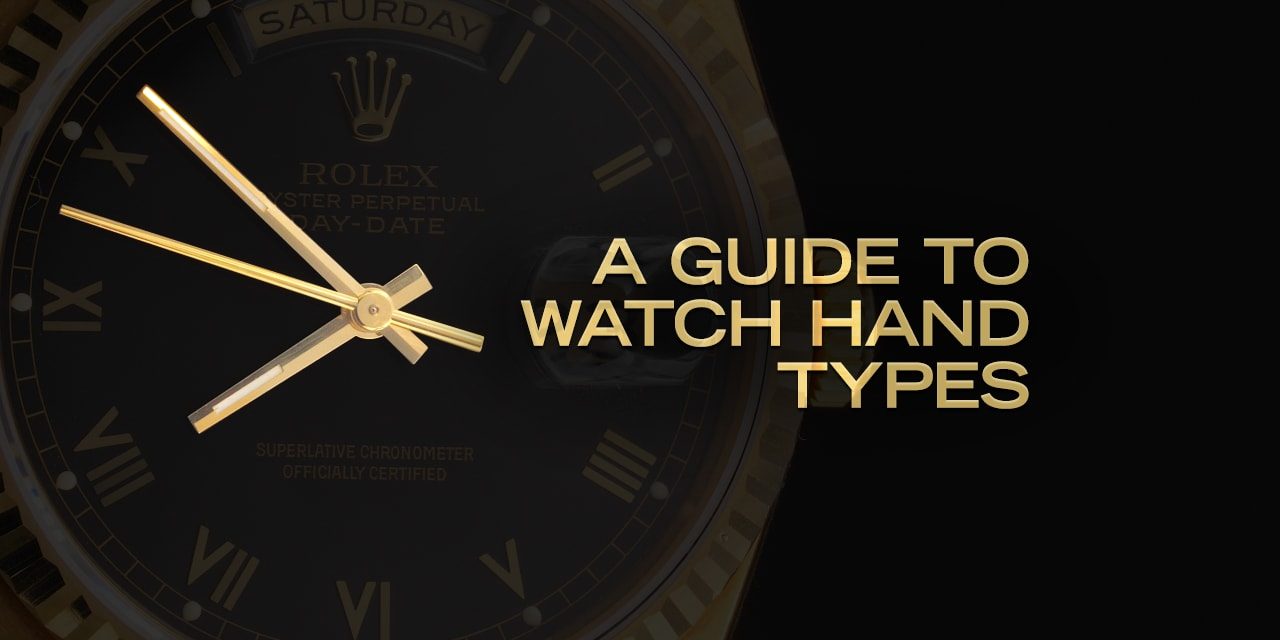A Guide to Watch Hand Types
Every visual component of a watch, no matter how inconsequential they might seem, is key to the overall success or failure of its design.
Elements such as the type of bezel, the style of bracelet, even the hour markers all have their roles to play. And another vital ingredient will always be the handset.
Obviously the hands are essential for a watch to do its job, but their functional nature doesn’t mean that manufactures can’t infuse them with their own particular aesthetic. In many cases, the hands become a signature denotive of the watchmaker itself, something by which people can instantly identify the brand.
Below is a list of the most popular types of watch hands, and the marques with which they are most associated.
Alpha Hands
As the name suggests, Alpha hands follow a basic ‘A’ shape, with a base wider than the tip and a narrow stem connecting them to the central spindle.
Their elongated, sophisticated style leaves plenty of room for luminescence and they can be found on both dress and tool watches. Take a look at A. Lange & Söhne’s glorious Datograph for some of the best examples of Alpha use
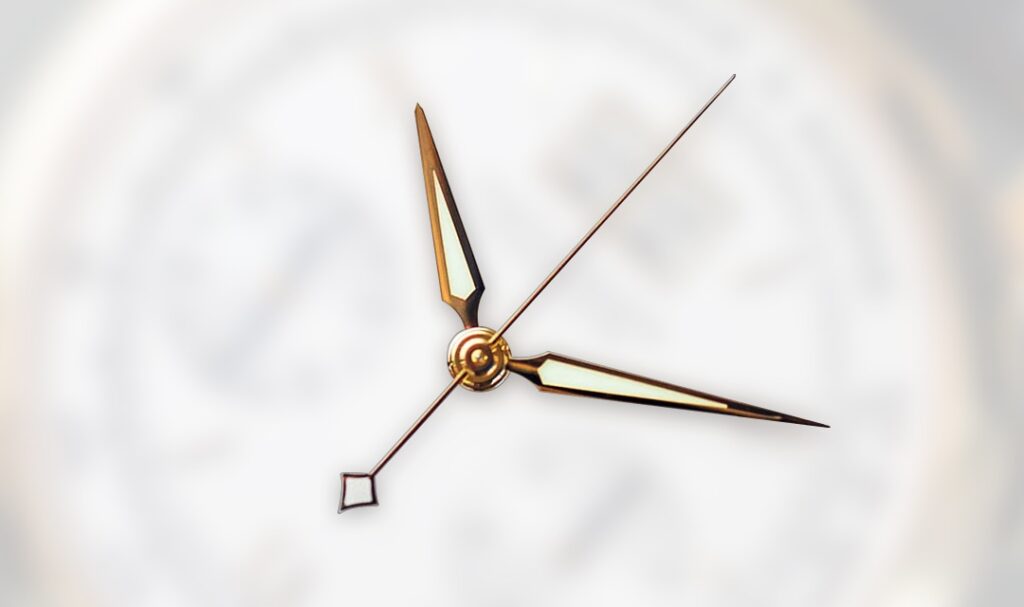
Arrow Hands
When legibility is crucial, arrow hands have the advantage of a large arrow-shaped pointer at the tip. Used almost exclusively on sports watches, and divers in particular thanks to the amount of lume which can be held on the arrowhead to make them more visible in murky conditions, perhaps the most successful application of this type belongs to Omega’s burly Planet Ocean series.
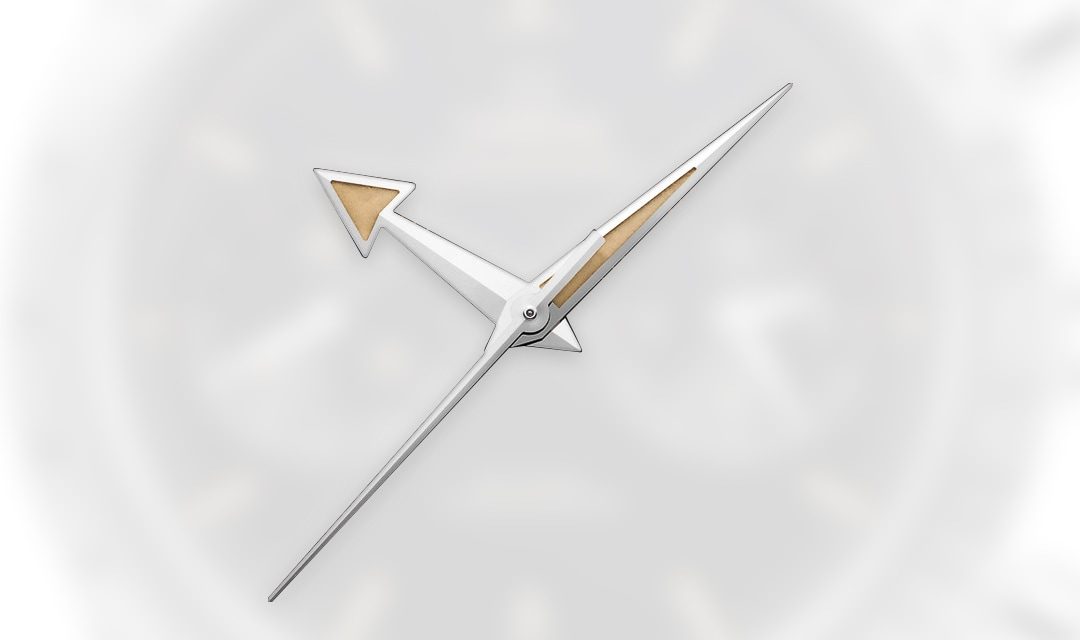
Baton Hands
About as simple as watch hands can get, baton hands consist of plain rectangular sticks (they’re otherwise known as stick hands) which do their job without drawing attention to themselves.
As such, you will find them mostly on dress and casual watches, with Rolex’s Datejust and Day-Date arguably the most well-known cases
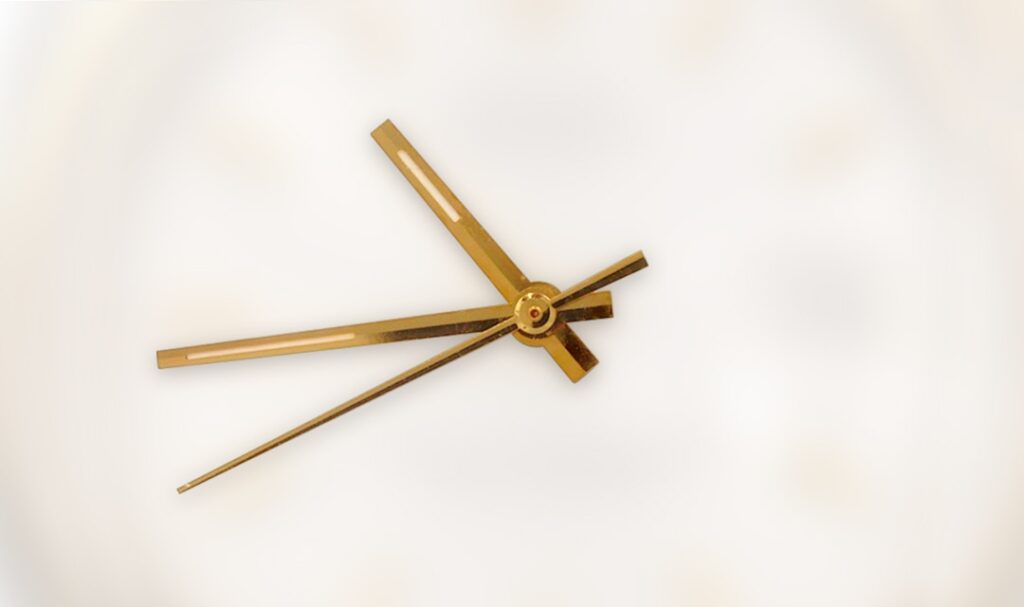
Breguet Hands
No prizes for guessing which brand incorporates these into its timepieces. Breguet hands, like the overcoil and numerals, are named after their inventor, 18th century genius, Abraham-Louis Breguet.
Characterized by an usually thin hand with a small hollow circle at the tip, they are sometimes called ‘Pomme’ hands after the French for apple
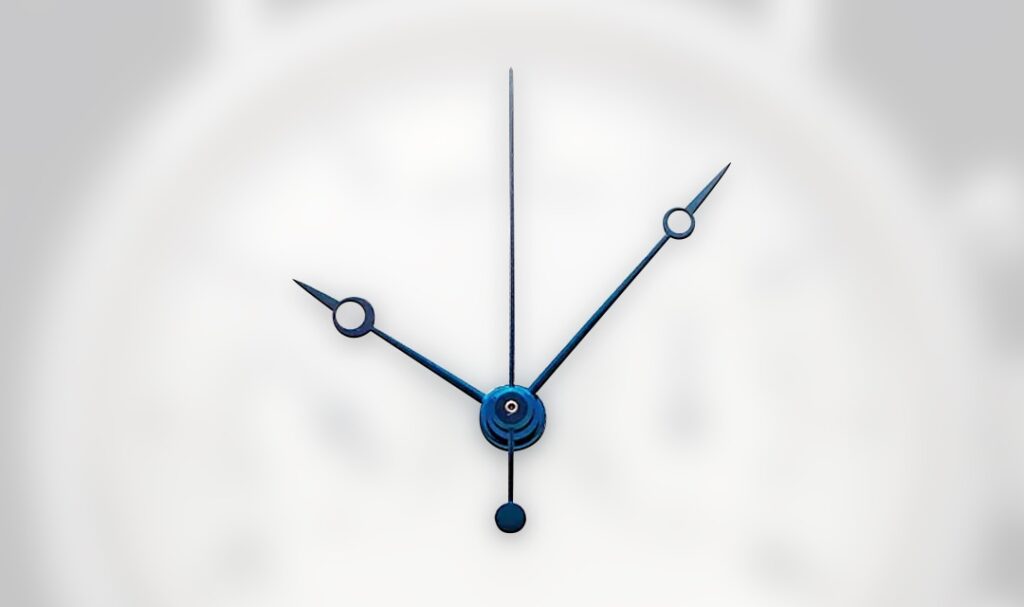
Cathedral Hands
A more ornate style, cathedral hands resemble the look of a gothic church’s stained glass window, usually with a wider hour hand and thinner minute hand. Despite their somewhat decorative nature, cathedral hands are often fitted to military watches.
Brands such as Zenith, Bulova, Seiko and especially Oris use them extensively
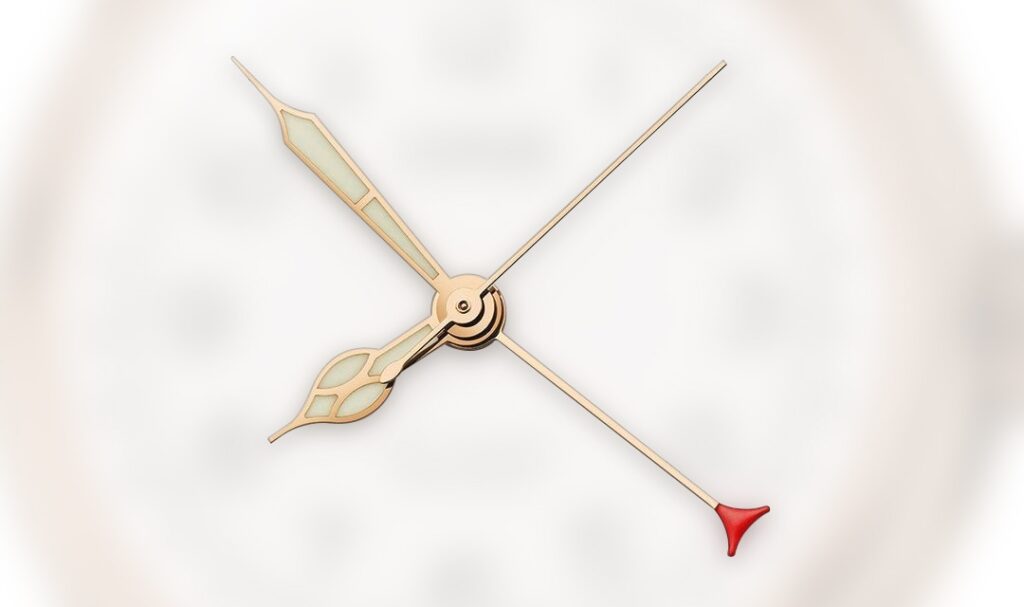
Dauphine Hands
Named after the French word for the eldest son of the king of France, ‘dauphin’, dauphine hands are sharply triangular in shape and faceted, meaning they have a central ridge running up the middle to give them depth.
Extremely simple and elegant, the likes of Patek Philippe and Jaeger-LeCoultre include them in several of their collections
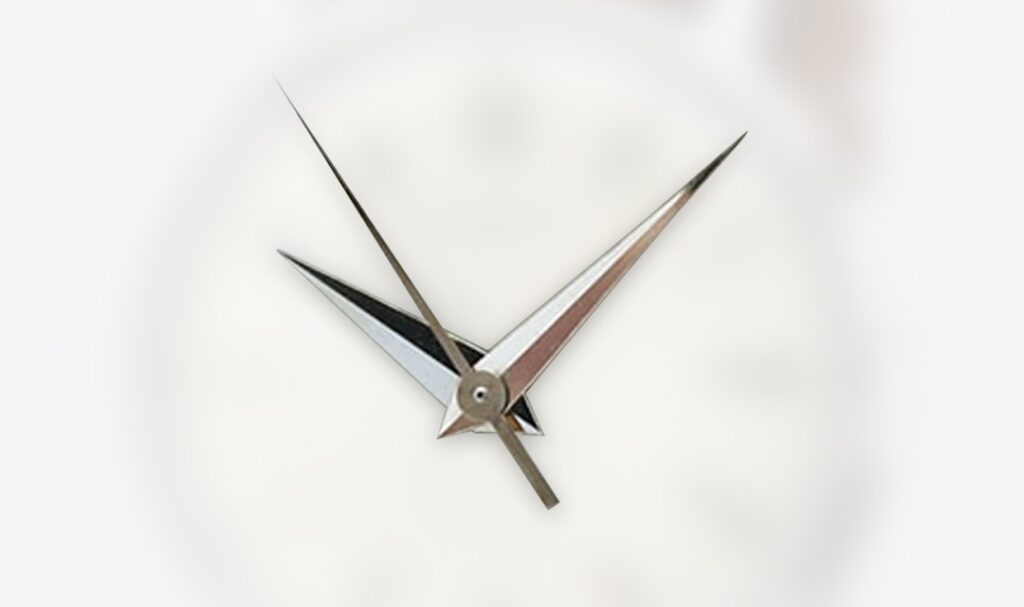
Fleur de Lys Hands
Fleur de Lys hands take their design from the heraldic image of the lily used on the medieval French coat of arms. It is associated with French royalty and culture and is a symbol of purity and virtue.
One of the more intricate styles of watch hands, and not especially common, they are used most prominently by Czapek on some of their Quai des Bergues range
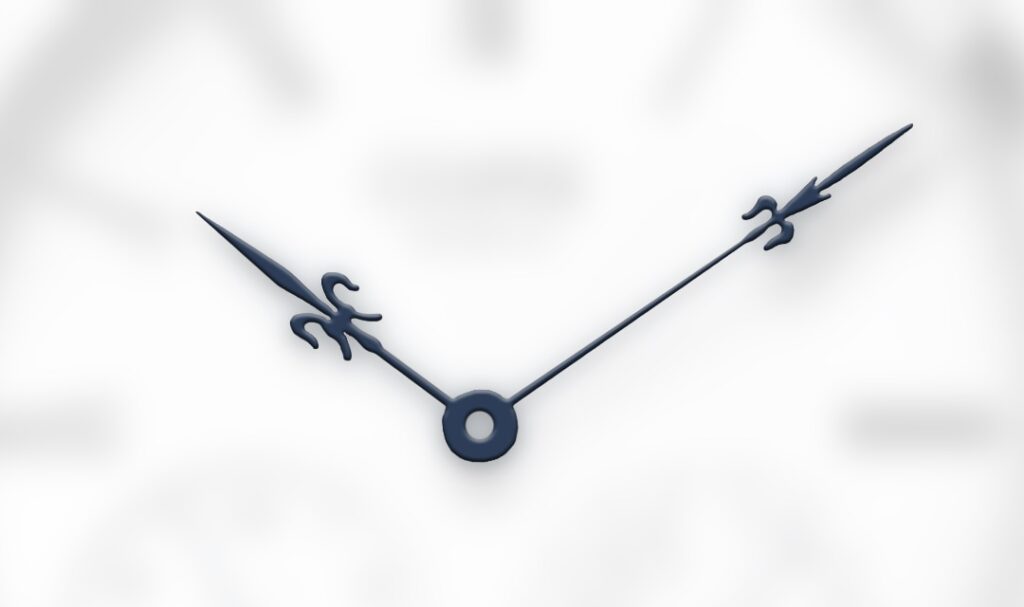
Leaf Hands
Also known as Feuille hands, leaf hands have a wider midsection and taper at both ends.
Still minimalist, leaf hands are a more ornamental alternative to batons.
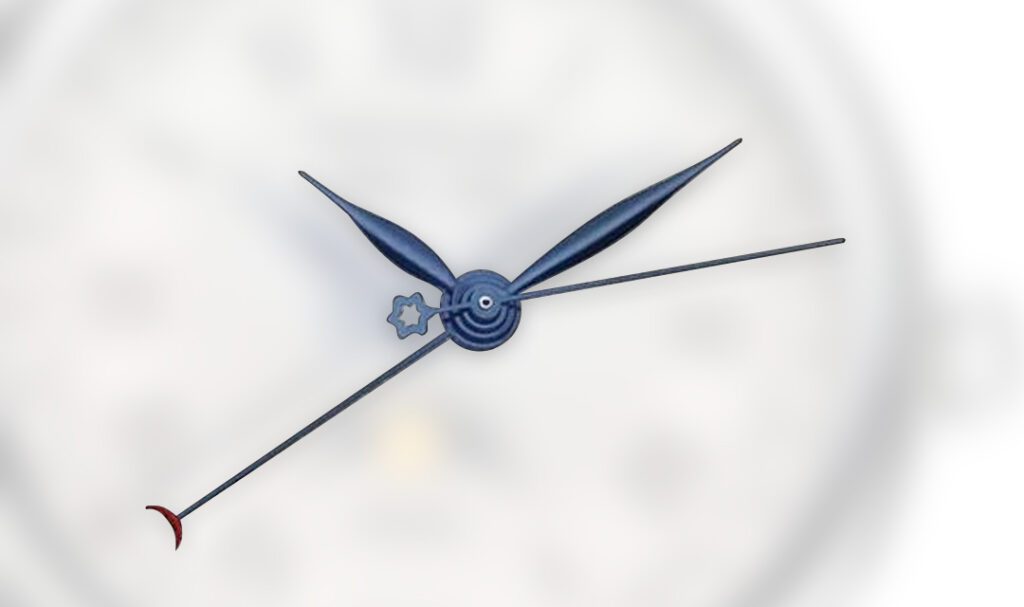
Lollipop Hands
Lollipop hands are slightly unusual as they are almost exclusively confined to the seconds hand on a watch. Quite simply, they consist of a stick with a round ball on the end, and were used sparingly in the past on models such as Tudor’s Submariner ref. 76100 and the debut Rolex Explorer ref. 1655. These days they add a certain vintage appeal and Omega have employed them on some of their Heritage Seamaster 300 pieces
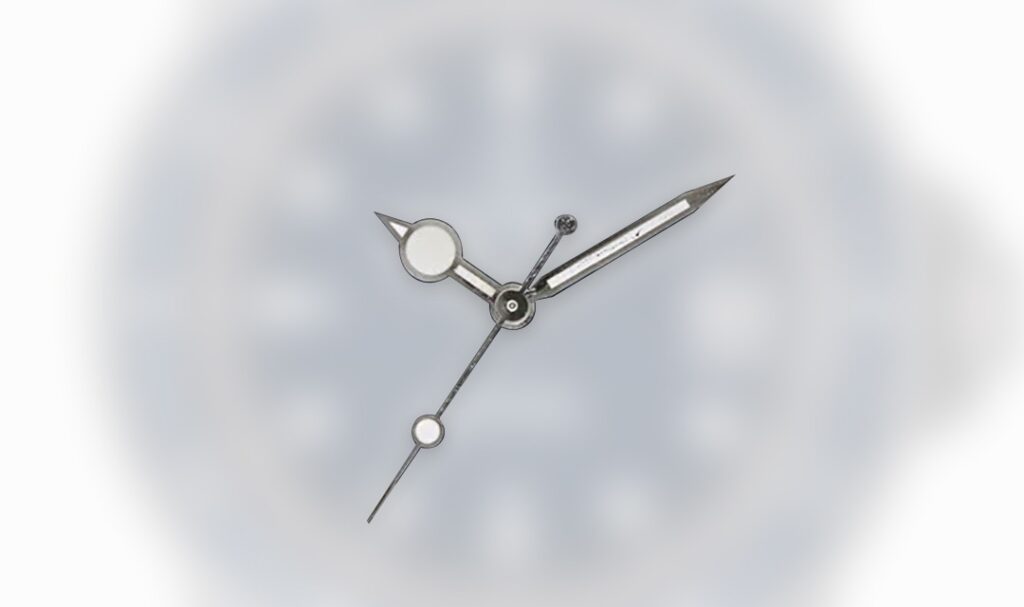
Mercedes Hands
A style introduced by Rolex and used on most of their Professional Collection, Mercedes hands got their name thanks to the three-pointed star design at the tip of the hour hand and its similarity to the logo of Mercedes-Benz.
These days, the Daytona is the only Rolex sports watch that doesn’t use Mercedes hands.
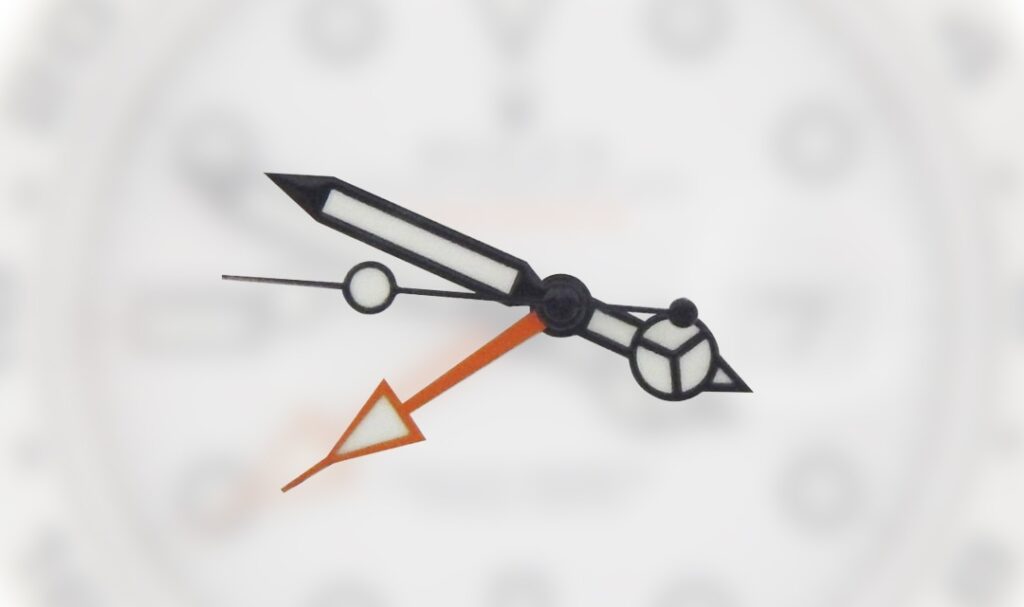
Plongeur Hands
A type which takes its name from yet another French word; Plongeur, meaning ‘diver’, these hands are generally chunky in shape and carry a noticeable distinction between a smaller hour hand and a much larger minute hand. The reason for that is to allow the minute hand to stand out easier as it is far more important to track elapsed minutes than hours on a dive. The minute hand is often painted a brighter colour as well for the same reason.
Not a common style particularly, you fill see plongeur hands on Omega’s PloProf beast.

Skeleton Hands
Skeleton hands are simply those which have had all or most of their middle section removed and as such can be any shape.
They are sometimes used on watches with skeletonized dials so as not to obstruct the view of the movement working away underneath.
Richard Mille’s RM 27-04 Rafael Nadal model has both hour and minute skeletonized hands, as does the Bulgari Octo Finissimo Skeleton.
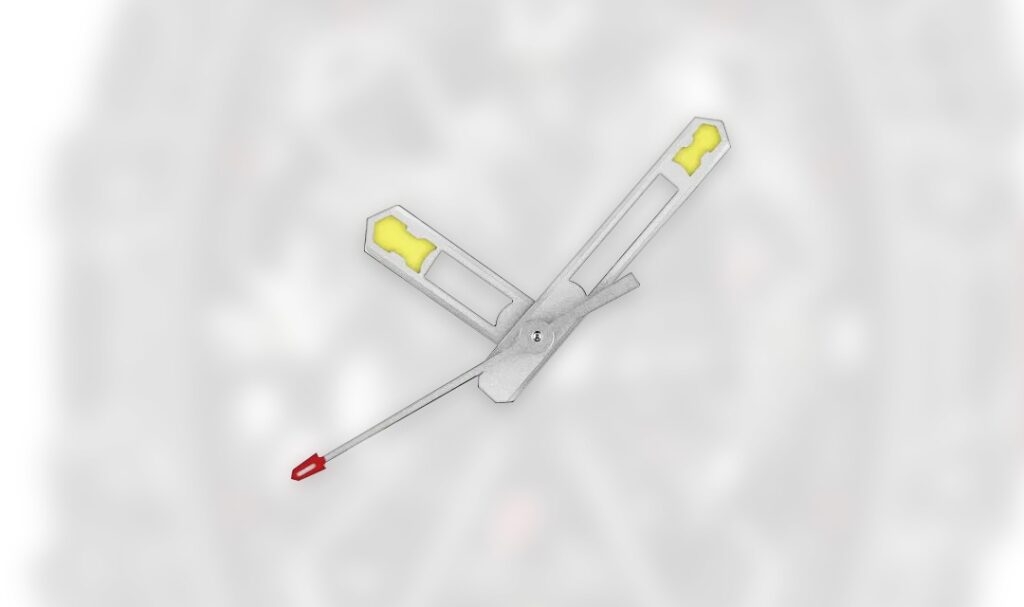
Snowflake Hands
If Mercedes hands immediately scream Rolex, then Snowflake hands do the same job for Tudor.
They were developed at the request of the French Navy, which Tudor supplied with watches between the 1950s and 1970s, in order to improve underwater visibility.
The hour hand has been given a distinctive diamond-style shape that resembles the look of a snowflake and the brand now fits them to every one of their sports watches bar the Tudor Royal and Ranger collections.
Some models also have smaller snowflakes on the seconds hand in a variation on the lollipop style.
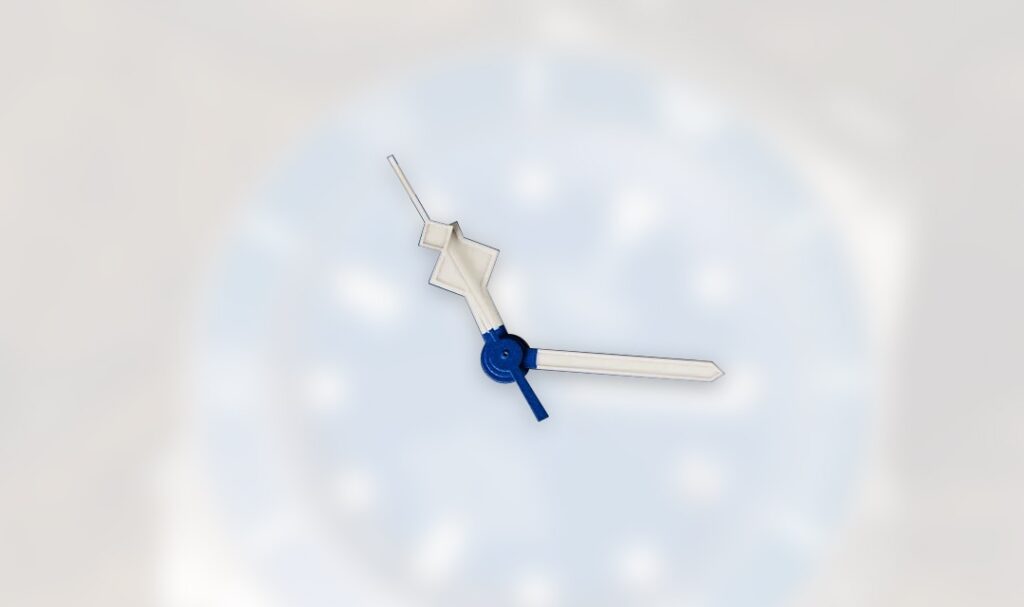
Sword Hands
Sword hands are a fairly common design. Angular in style, thin at the base, widening out in the middle and ending in a sharp tip—like a sword, basically.
Very easy to read, this type is one often skeletonized successfully because of its broad surface area.
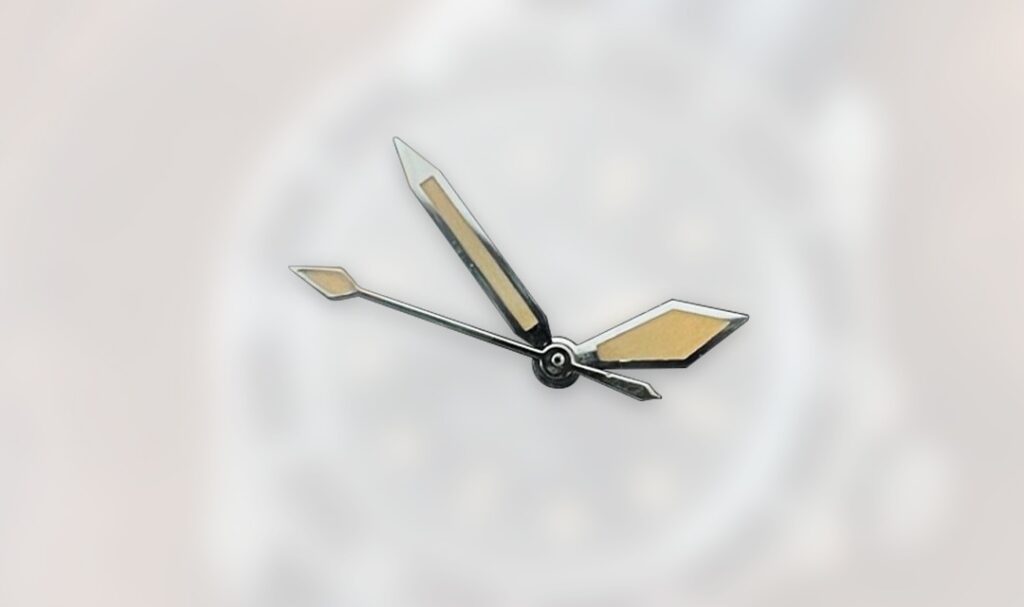
Syringe Hands
Quite a versatile design, syringe hands look like medical hypodermics, with a straight body section that sharpens to a point at the tip.
They are one of the most highly functional styles; the wide middle holds plenty of lume and the needle-like tip points to the exact numeral on the dial.
Look for them on a number of Patek’s finest, such as the Calatrava 5226G and the 5320G Grand Complications along with several pieces in Blancpain’s Fifty Fathoms collection
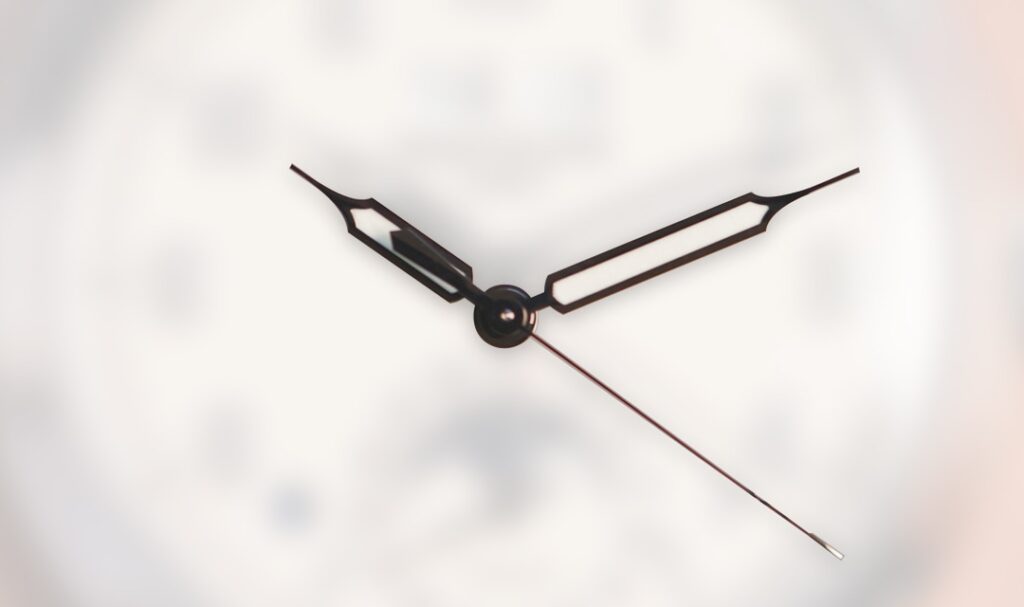
Getting the hands right is a crucial aspect of the design process of any watch as well as the wearer’s ultimate enjoyment of it. Matching them with the general style of the model and the category in which it will live is vital and brands spend vast amounts of time and money creating the perfect set.
The list above shows the most popular types, but there are others. Which is your favourite? Tell us in the comments below.
Featured & Body Photos: BeckerTime’s Archive.






